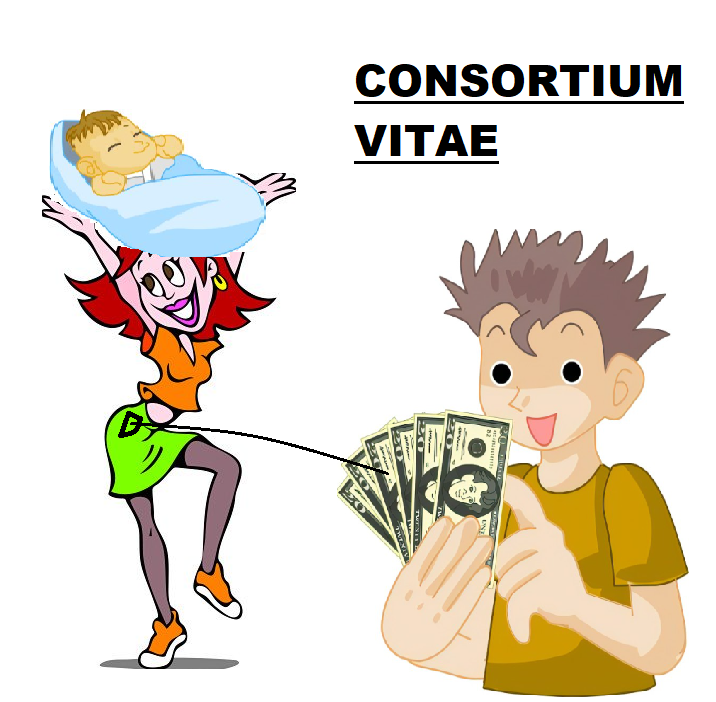M'Adam, Esq. v. Walker and Others [1813] UKHL 1_Dow_148 (21 February 1813)
Citation:M'Adam, Esq. v. Walker and Others [1813] UKHL 1_Dow_148 (21 February 1813)
Rule of thumb:What is the foundational legal principle of marriage? What does ‘consortium vitae’ mean? The Court considered marriage by default and established that the foundation of any marriage lay in the concept of ‘consortium vitae’ – meaning a partnership for life. The court held that the concept of marriage meant that there was a common existence with regards to all facets of life, and there was to be a shared existence for a whole lifetime.
Background facts:The facts were that the man in this case argued that he was with the woman as his mistress, which she understood, but the woman then falsely made out that the relationship was more than this after she became pregnant.
Parties argued:The man argued that there was no formal ceremony to declare it as further evidence of this. The woman argued that because she had children with the man this led her to believe that they were married, and this was stronger than any words the man could say.
Court held:The Court found the evidence of the woman more compelling – where a man gets a woman pregnant this is a presumption of consortium vitae – bond for life as the foundational principle of marriage even if there was no intention of marriage as such. The Court held that this constituted an informal marriage as the foundational aspects of what constituted a marriage were fulfilled by the particular facts of this case.

Ratio-decidendi:
‘There was no proof that Mr McAdam did not intend a consortium vitae’, Lord Redesdale, ‘the contract de presenti formed very marriage, ipsum matrimonium’, Lord Chancellor Eldon
Warning: This is not professional legal advice. This is not professional legal education advice. Please obtain professional guidance before embarking on any legal course of action. This is just an interpretation of a Judgment by persons of legal insight & varying levels of legal specialism, experience & expertise. Please read the Judgment yourself and form your own interpretation of it with professional assistance.

